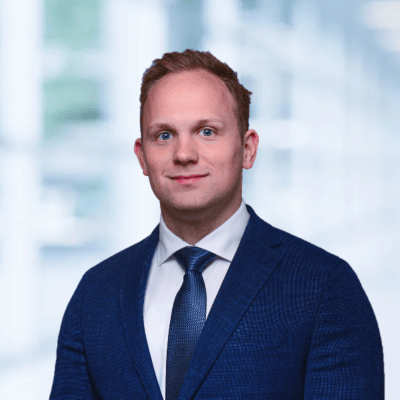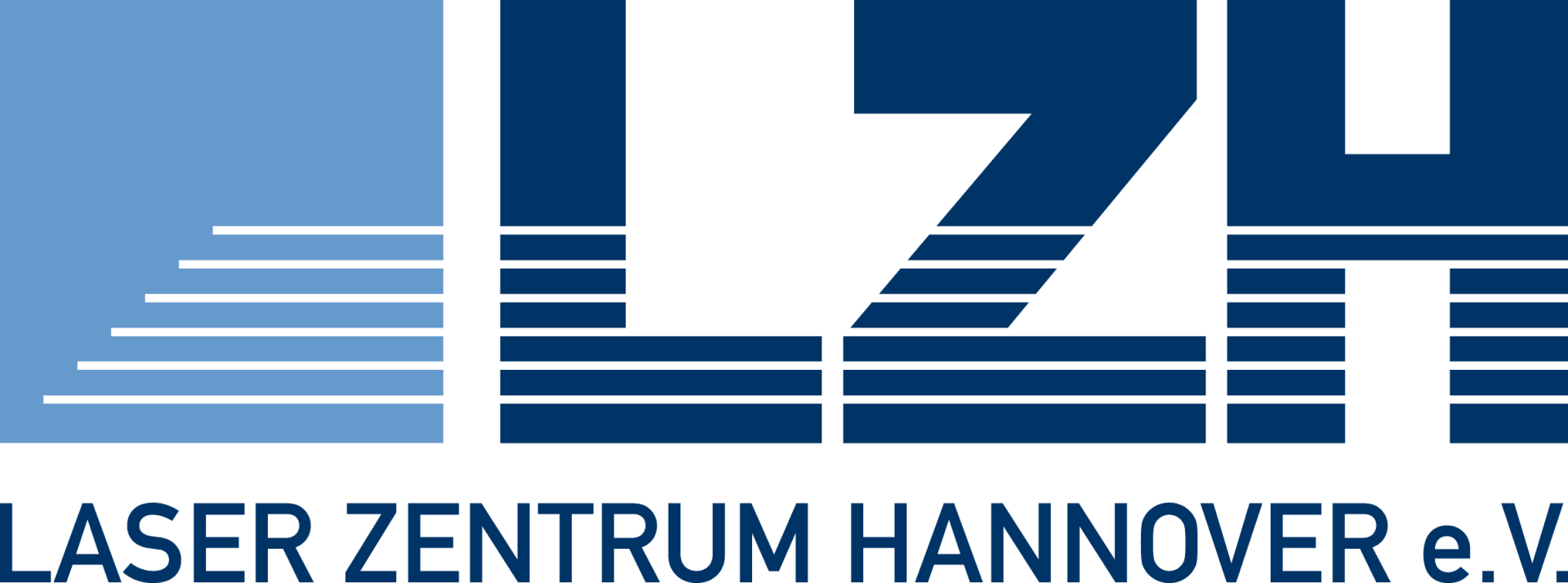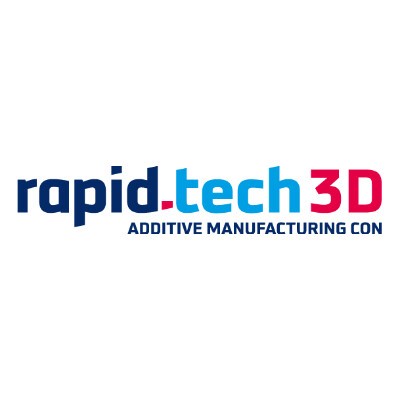PBF-LB of Large-Area Magnesium WE43 Structures Surface-Enhanced by Plasma Electrolytic Oxidation
Laser Zentrum Hannover e.V.
Due to the improved understanding of the industry, additive manufacturing processes are becoming increasingly accepted for fabricating complex lightweight components. The focus of the magnesium research is primarily on small implant structures. Due to challenges in the manufacturing process and oxidation behavior, large structures for lightweight components are mainly fabricated with titanium. This paper expands the scope of the laser-based powder bed fusion (PBF-LB) of larger-area magnesium parts with surface-enhancement using the Ultraceramic® by the plasma electrolytic oxidation (PEO). For this purpose, the PBF-LB process development for cylindric structures with a diameter of 31 mm is carried out. The processing strategies are adapted for a crack and porosity free process. To mitigate the inherent oxidation of the biodegradable WE43 and reduce the surface wear in tribologically challenging applications, the additively manufactured magnesium is modified by the Ultraceramic®. The thickness of the ceramic surface could be tailored between 10 and 40 µm, while enclosing adhering powder particles of the PBF. Electrochemical impedance spectroscopy showed an increased resistance to corrosion by an increased modulus |Z0.01| by a factor of 658. The tribological behavior was characterized in pin-on-disc experiments and showed a decrease of surface wear down to 7.9 · 10-6 mm³/N·m up to a Hertzian pressure of 720 MPa tested by a tungsten carbide ball. Therefore, the synthesis of the PBF-LB of large-area magnesium parts and the PEO of the Ultraceramic® enables lightweight components for challenging oxidative and tribological conditions in real world applications.
Vortragssprache: ENG
Sprechende (1)



